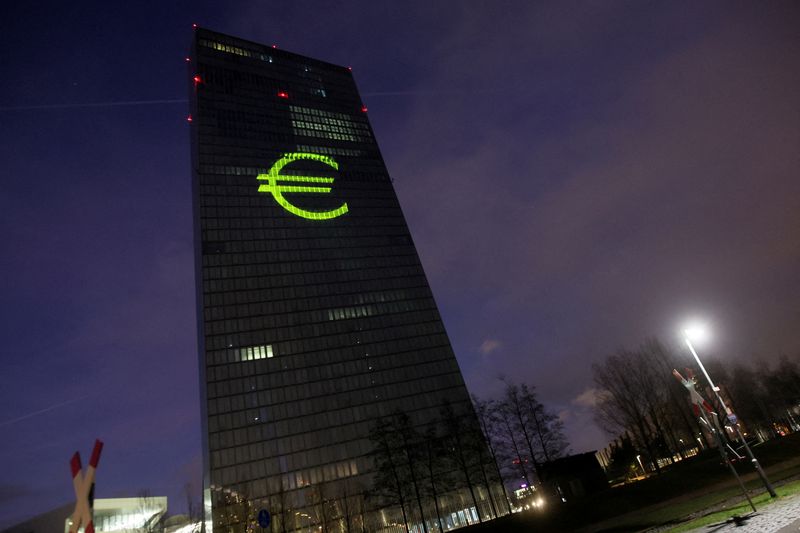The European Central Bank (ECB) plays a crucial role in shaping the monetary policy of the Eurozone countries. As the primary institution responsible for overseeing the euro currency, the ECB’s decisions have far-reaching implications for the economy, businesses, and individuals within the Eurozone.
In recent times, there has been speculation about the possibility of the ECB cutting rates to stimulate economic growth and combat deflationary pressures. However, for the ECB to proceed with a rate cut swiftly, several key requirements must be met.
One crucial factor that needs to be considered is the economic environment within the Eurozone. In the current scenario, if economic indicators such as GDP growth, inflation rates, and unemployment figures point towards a need for monetary stimulus, the ECB may be more inclined to cut rates. A sluggish economy with weak growth and low inflation would provide a compelling case for the ECB to act decisively.
Another essential consideration for the ECB to cut rates quickly is the state of the global economy. Given the interconnected nature of global financial markets, developments in major economies such as the US, China, and other key trading partners can influence the ECB’s decision-making process. If there are signs of a global economic slowdown or financial instability, the ECB may opt to lower rates to support economic activity and prevent any spillover effects.
Furthermore, the ECB closely monitors financial market conditions and interest rate expectations. If market participants anticipate a rate cut and adjust their expectations accordingly, the ECB may choose to align its policy actions with market sentiment to maintain credibility and avoid any unwanted surprises. Clear communication from the ECB regarding its policy intentions can help manage market expectations and facilitate a smoother implementation of a rate cut.
Political factors also play a significant role in shaping the ECB’s decision-making process. Any political developments within the Eurozone that have the potential to impact economic stability or policy effectiveness could influence the ECB’s stance on interest rates. A stable political environment and supportive fiscal policies can create a conducive backdrop for the ECB to implement rate cuts effectively.
In summary, for the ECB to cut rates quickly, a combination of factors such as the economic environment, global economic conditions, market expectations, and political stability must align favorably. By carefully assessing these key requirements and maintaining a vigilant watch on emerging trends, the ECB can take timely and appropriate action to support economic growth and maintain price stability within the Eurozone.



